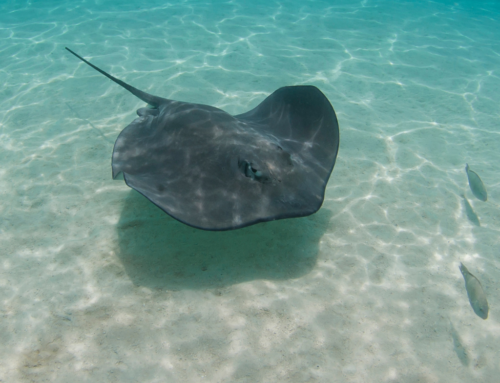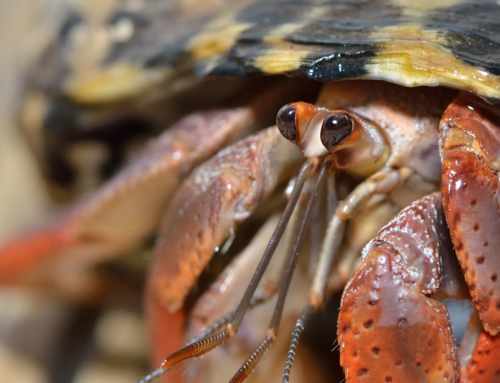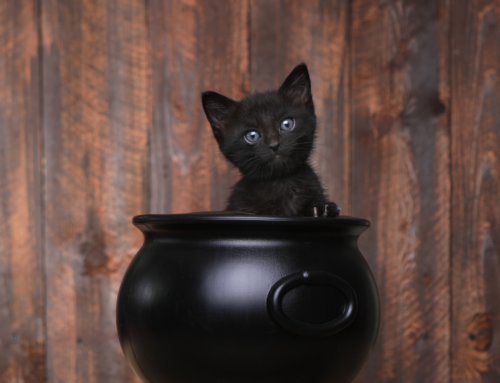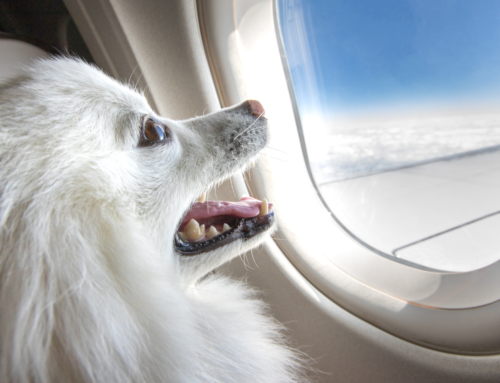
I’m sure by now most of you have seen the photos. Smiling people posing next to big cats while the cats look a little…off. The reality of these posed pictures are pretty awful, and I feel the responsibility to spread the word and the research behind these photos. All travelers should know the reality to interacting with big cats at various tourist destinations.

Now, I don’t blame people who were unaware and participated. I even had one of these photos from when I was a kid and went to a circus, smiling next to a baby tiger cub. I rode on the back of an elephant the same day. *Cringe*.
Now, with the popularity of the Netflix series “Tiger King”, how will the popularity of big cat tourism be affected?
The purpose of this article is to display the facts behind the practice and to help educate travelers, and to encourage them to seek positive ways to interact with and see these stunning animals. Any abuse in the comments will not be tolerated. I encourage those of you reading to share in a POSITIVE way to spread the word, and not use this article to attack anyone who may not have known any better at the time.
The Truth Behind Big Cat Photos: Cubs
Just like elephant riding tourism, big cat cubs are taken from their mothers at birth. In this way, they are more likely to form a bond with their handlers rather than an adult cat, theoretically making them more docile. However, kittens and cubs of any cat breed are alike in one major way: they are little balls of energy!
In order to “fix” this problem and keep the cubs calm for photos, various punishments and drugs are used. Natural behaviors are punished, and the cubs are kept sleep-deprived and drugged to keep them manageable.
Cubs’ health are drastically affected as well. Nearly all baby mammals rely on their mother’s milk to fight disease. A weak immune system combined with the wrong diet, stress of being constantly handled, and a lack of sleep cause many of these cubs to die young. When they begin to get too big to handle, many of these cubs “disappear”…no one knows what really happens to them. They are sold privately, killed, or transferred with no records of ever been born in the first place.
When the Big Cats get Big
The use of sedatives and harsh treatment increases as the cats become bigger and more dangerous. Tranquilizers, while important in use for wildlife veterinary work, can have dangerous long-term effects when used improperly.

How This Negatively Impacts Conservation
Many of these road-side zoos and photo-ops claim that they use the money to help with big cat conservation. There is no evidence that petting cubs educates people on big cat conservation, and has actually shown to decrease concern for cats in the wild. It also increases the likelihood of visitors wanting a big cat as their own pet, which houses its own problems.
Cats bred for these roadside attractions also cannot be legally released into the wild. Not only do they have no survival skills and an abundance of health problems, but they also carry unknown genetic lineages that would harm the gene pool of cats in the wild.

Put simply, the big cat exhibits not only harm the individual animals but can harm the conservation efforts to protect the cats in the wild. People wanting big cats for themselves fuel the illegal exotic pet trade, and true conservation-based attractions seem less “fun” in comparison with the opportunity to hold a baby cub.
What to do Instead
I do not blame people for wanting to get close to these beautiful animals. However, there are positive ways of interacting with big cats. AZA (Association of Zoos and Aquariums) accredited zoos follow strict guidelines to keep their animals happy and healthy. Here’s a list of AZA-accredited zoos to visit, where your money will be used for animal care and wildlife conservation!
*Note: Make sure the zoo you are planning to visit is AZA-accredited. Other zoos may not follow guidelines and may be harmful to the animals’ wellbeing and conservation efforts.
You can also visit a big cat rescue, although this is a little more difficult to make sure of legitimacy. Some “rescues” around the world are, in reality, a front for more of the toxic behavior talked about above. This is where Tiger King comes in.
Tiger King was meant to be for dramatic and entertainment purposes. However, the cats themselves are almost ignored in the show. In reality, the “bad guys” in this show are those who abused the cats, bred them, and earned their living by participating in toxic animal tourism. Don’t let the drama distract you from the real issues!
Resources on Interacting with Big Cats
Here I will list the resources I used for this article that discuss interacting with big cats in tourist settings. Feel free to read through their articles as well, as they go much more in-depth than I did. *Warning: some may contain photos or videos that will be unsettling.*
Information on Big Cat Photos
Smithsonian – https://www.smithsonianmag.com/science-nature/the-big-unsexy-problem-with-tiger-selfies-180964489/
Information on Current Laws and Big Cat “Pet” Incidents
Humane Society – https://www.humanesociety.org/sites/default/files/docs/captive-big-cat-incidents.pdf
NY Daily News – https://www.nydailynews.com/blogs/dailypolitics/gov-cuomo-signs-law-banning-photos-big-cats-blog-entry-1.1899818
Hernando Sun News – https://www.hernandosun.com/article/congressional-action-reintroduced-end-abuse-exotic-cats
Like this article? Pin it!












Leave a Reply